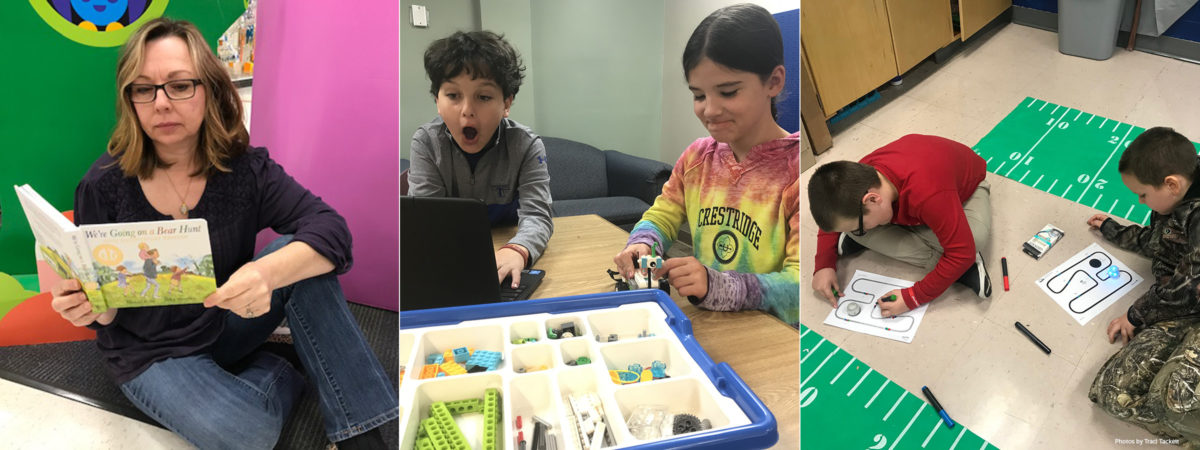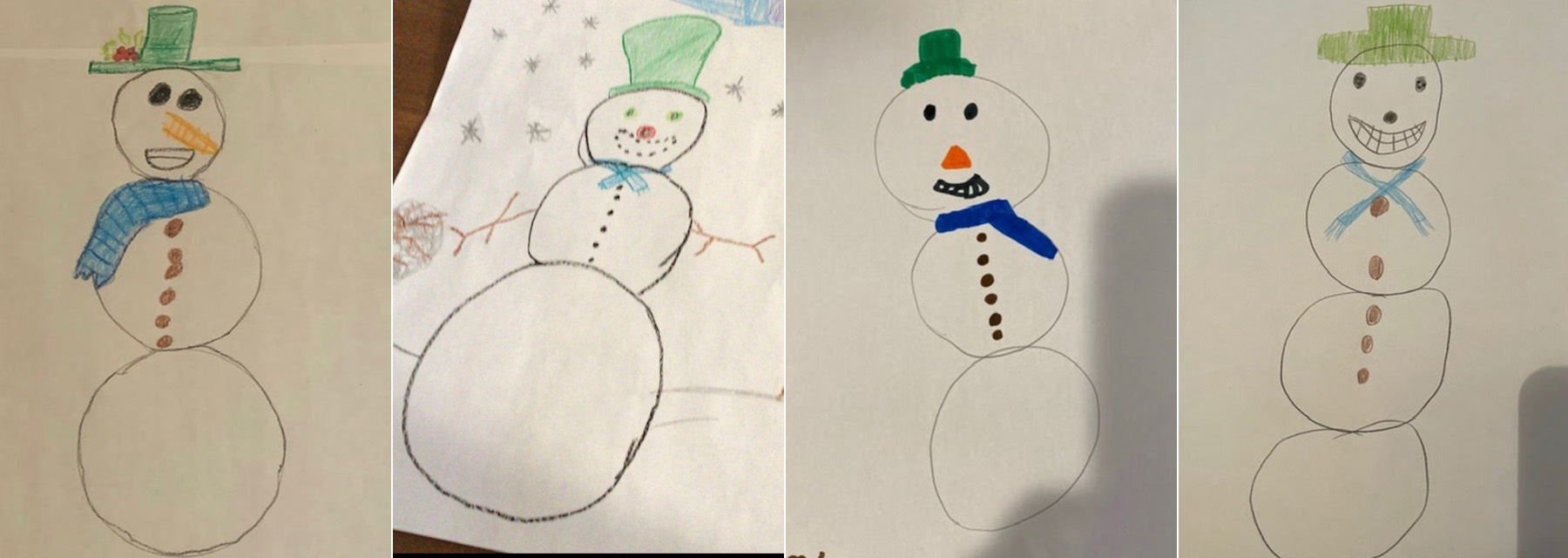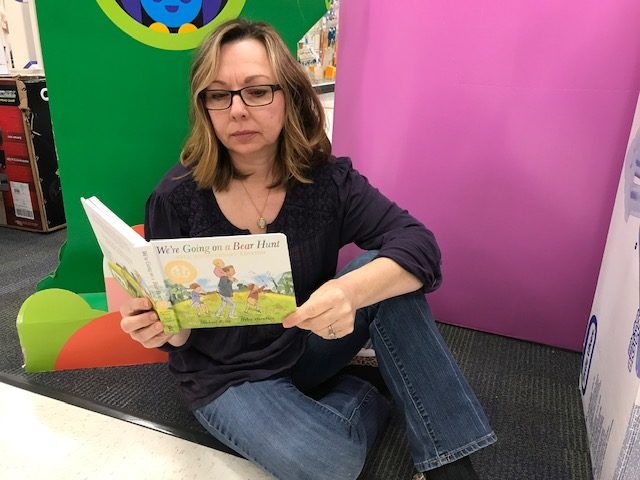
When Pikeville Independent School District and Floyd County Schools in rural Kentucky were tasked with increasing quality educational offerings in CS/CT for their students, they partnered with Digital Promise and South Fayette School District in Pennsylvania for the Tough As Nails, Nimble Fingers project. To promote CT professional development for teachers, we held four workshops, called CT Boosters, to provide teachers with examples and guidance around the integration of two key CT practices, data and analysis and algorithms. We hope teachers find these examples to be relevant and useful tools to integrate CS/CT lessons and to replicate and adapt these lessons for their classrooms.
Despite the rapid spread of CS/CT education efforts over the past several years, it’s surprisingly difficult to find robust, integrative professional development (PD) offerings on CS/CT in a digital format. So we—a small group of researchers and educators—decided to collaboratively design our own solution to support teacher-leaders in Appalachian Kentucky.
The “special ingredients” that went into the design of our CT Booster sessions were:
We also wanted to center each districts’ CS mission and vision and integrate the Kentucky Academic Standards (KAS) for Computer Science and the KAS for Technology.
The resulting series of 30-minute, on-demand PD workshops featured grade-level and subject area-specific CT lesson ideas including plugged, unplugged, and virtual-friendly options. We called them CT Boosters since they were designed to complement a 2020 summer training session, much like a booster shot is an extra dosage intended to support health. By exploring the topics of data and analysis and algorithms, we partnered with teachers to show how existing and familiar curriculum materials can be used to highlight CT lessons.
We had just the right person on our team to help teachers imagine themselves bringing CT lessons into their classrooms. Traci Tackett, a long-time teacher-leader in Eastern Kentucky, helped us understand what teachers are already doing in their classroom and gently introduced her colleagues to CT practices and vocabulary while aligning the examples to state standards. Tackett carefully selected example lessons and conveyed them in ways she thought might be welcoming, encouraging, and exciting to teachers.
Teachers who responded to the participation survey shared that the CT Booster sessions helped them see that this work is “not such a heavy lift” as they had initially thought.
The Data and Analysis booster starts with the guiding question: How do we collect, analyze, and store data to better understand relationships? This entails visualizing data, encoding information, identifying trends, and developing models.
An example lesson focused on second graders creating snowpeople glyphs (slide #51). In that lesson, the teacher shares a question with students and then has them discuss the original question and add their own related questions. The teacher then adds all of the final questions to Google Forms and leads students in coming up with answers for each. Using CT vocabulary, the teacher and students have a discussion about how glyphs convey information in picture form, which in turn connects to graphs and charts as a means to visualize the data they themselves collected. Based on student answers to the questions, students create their own glyphs, comparing and contrasting glyphs and the different types of graphs and charts that were generated from the information they have collected. This reinforces CT skills while simultaneously engaging students in art and creative thinking.
“Snowpeople building” consisted of eight questions—one of which was, “What is your favorite season?” Students signified their answer through a dedicated hat color on their snowperson. As evident in the image below, spring (green hats) was a popular choice among second graders!

Four examples of snowpeople glyphs created by second-grade students.
Algorithms are “precise step-by-step plans or procedures to meet an end goal or to solve a problem” (Shuchi Grover in Computer Science in K-12: An A-To-Z Handbook on Teaching Programming).
One lesson presented in the Algorithms booster (slide #68) was an example around a book that Kentucky teachers are familiar with: We’re Going on a Bear Hunt by Michael Rosen. In this story, the author leads the reader through a series of steps that can be used by teachers to illustrate how algorithms can be shown visually as a sequence of steps. Students use a story grid worksheet to help put the story in the correct order of events. This activity engages students to learn sequencing in a story, which is an important literacy and CT skill. When teachers can implement CT practices into lessons they already teach, it allows students to have rich conversations and get excited about learning.

Traci Tackett reading We’re Going on a Bear Hunt by Michael Rosen.
Take a look at the slides for all of the CT Boosters and let us know what you think. Have you integrated CS/CT in your classroom?
Also, make sure to check out the CT Pathways Toolkit to learn more about developing your own inclusive CS/CT Pathway, and read our recent report, “Powerful Learning with Computational Thinking.”